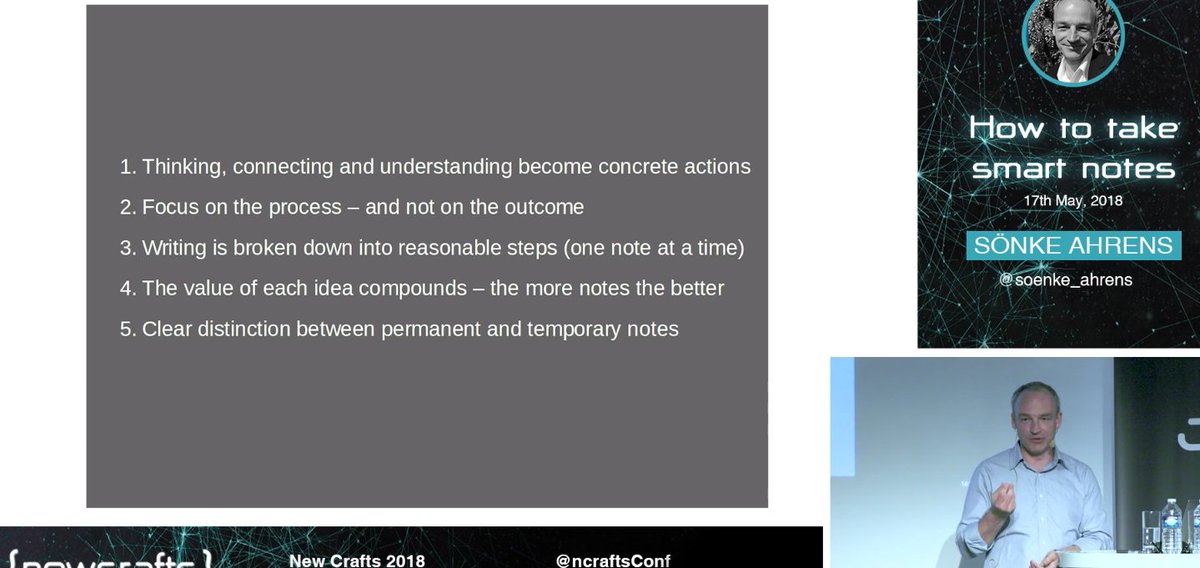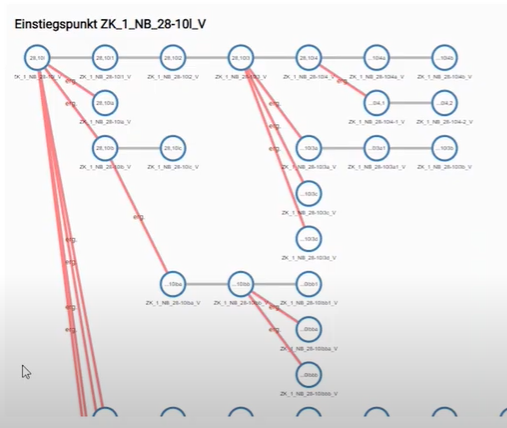
1/ Indent with intent: Fundamentals of Roam.
In this video @rjnestor discusses crucial concepts that every @RoamResearch user should know: INDENTATION. This is one of the best videos I have seen in a long time.
#roamcult @roamresearch
In this video @rjnestor discusses crucial concepts that every @RoamResearch user should know: INDENTATION. This is one of the best videos I have seen in a long time.
#roamcult @roamresearch
2/ I am very thankful he put this together. Indentation is a key facet & concept from the art of outlining, not to be confused with “outlining” as a summary of something, rather outlining as in a document with structure, resembling a tree: (Parent/child/siblings relationships).
3/ This is not new & there is a fine legacy of Outliners (software for tree structure type documents.) Example: @davewiner 1979 and VisiText. Learn more about outlining at en.wikipedia.org/wiki/Outline_(… Roam goes step further as it is a graph db (trees connecting to trees endlessly)
4/ I have used outliners for about 25 years, and they fundamentally help you write, organize, classify and even focus better. Once you fully grasp outlining, there is no going back, all other apps fall short if they don’t have it.
5/ Roam is an outliner and the best one I have used in all my 25 years, as it does one thing uniquely: EACH BLOCK is its own addressable entity. Other programs usually leave the document or the zoom level as the entity which is to broad. Granularity is important.
6/ Blocks are like Excel cells, where as other software treats your data more like long word documents with little difference from paragraph to paragraph. Blocks make data addressable in free flowing text. Outlining defines structure between them (with little effort on our part).
7/ I am very excited that so many new users through Roam will be exposed to the powerful and creative concept generater of outlining. I highly recommend all Roam users wrap their brains around the idea of indentation and the value it brings to data you create.
8/ Some new users are thrown off when they see those bullets in the margin next to blocks. But these bullets, might save your life some day. They will help you break things down & relate them to other things. Don’t hate the bullet, love them and embrace them.
9/ In Excel each block has an address A1, located on a sheet, “Sheet1” in a file “C:\spreadsheet.xls”
10/ In Roam, each block is assigned a unique id (called UID) and looks like this: ((BgI7JTNjk)) — the cell. Each Roam database has a unique name, my database is Roamhacker — the sheet, and they live on roams server, the XLS document.
11/ Roam gives us the equivalent of a GPS system with longitude & latitude for each block of content you write: universally unique and universally addressable. Try linking to a paragraph on a web page, not usually possible (or not easy) but you can link to a block in Roam today.
12/ in the recent @RoamFm podcast, @DrewCoffman compared Roam to a sourdough starter, in which you feed it and it ferments producing many other loafs of great bread. (Yes I love sourdough, who doesn’t). (Must listen to episode, and also to mention @JoelChan86 was amazing too!)
13/ Sourdough connection? We keep feeding our Roam db, casually sprinkling on structure through indentation, page refs, block refs: interconnecting one tree to another, branch to branch & it produces wonderful things. LESSON: don’t underestimate the bullet and the indent.
• • •
Missing some Tweet in this thread? You can try to
force a refresh




